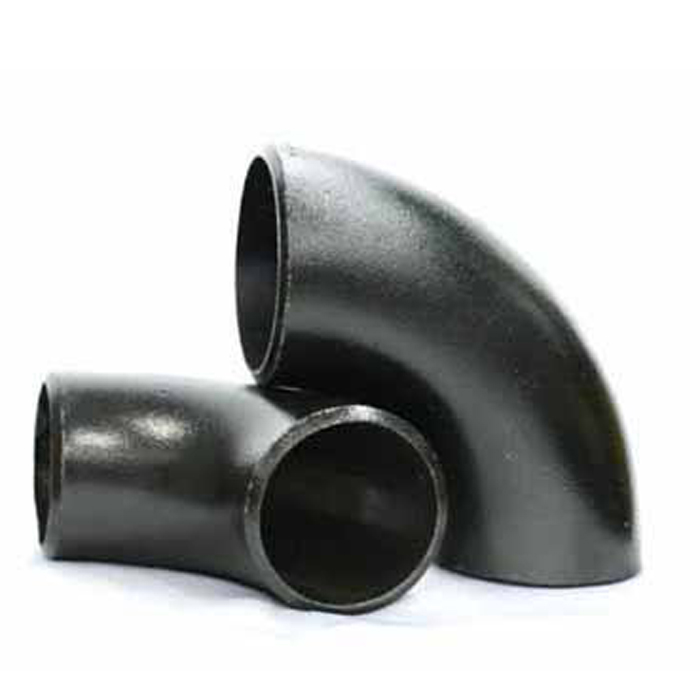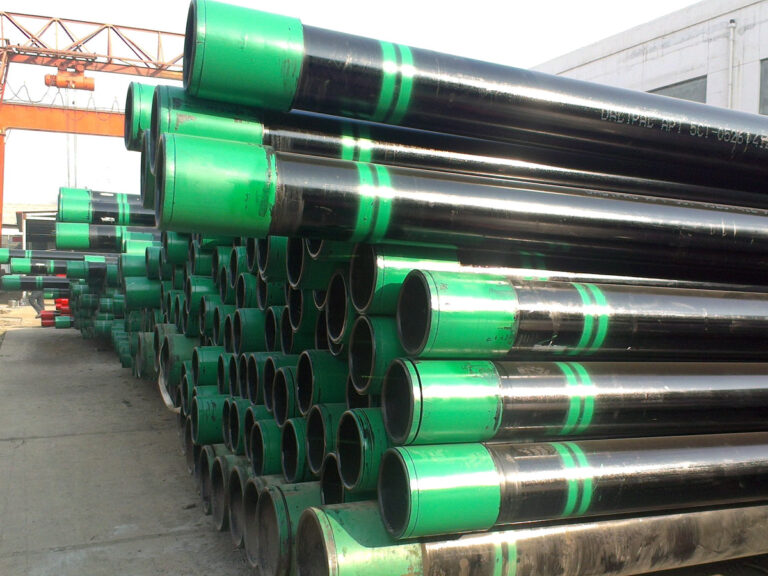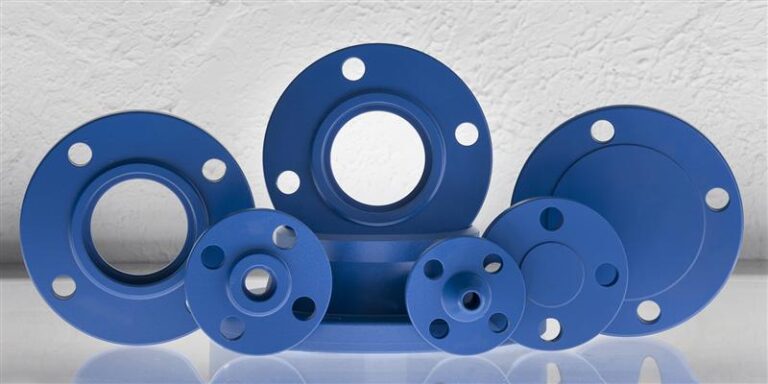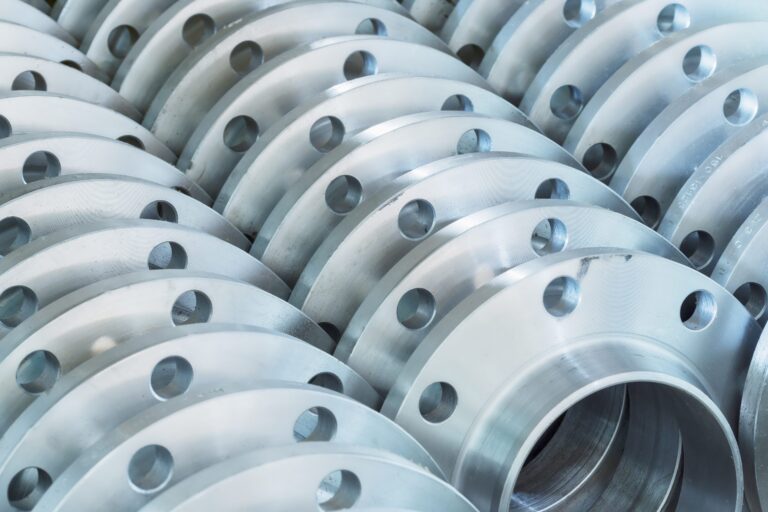Navigating Pipeline Turns: A Deep Dive into the Efficiency of Carbon Steel Elbows
The importance of the efficiency of carbon steel elbows in industrial applications cannot be overstated.

How do the Dimensions of Carbon Steel Elbows Impact Operational Efficiency?
Explore how the precise engineering and dimensional characteristics of carbon steel elbows contribute to the efficiency of fluid flow within industrial piping systems.
Consider the impact of various elbow angles and radii on flow dynamics.
What Role Does Corrosion Resistance Play in Enhancing the Efficiency of Carbon Steel Elbows?
Investigate how the corrosion-resistant properties of carbon steel elbows contribute to prolonged lifespan and sustained performance.
Analyze the efficiency gains achieved by minimizing the impact of corrosion on the elbows, leading to a more reliable and efficient fluid transport system.

In What Ways Does the Versatility of Carbon Steel Elbows Contribute to Overall System Efficiency?
Examine how the adaptability of carbon steel elbows to different configurations and angles enhances the overall efficiency of industrial piping systems.
Explore how their versatility allows for seamless integration into diverse layouts, minimizing disruptions and optimizing fluid flow efficiency.
In summary, the efficiency of carbon steel elbows is integral to the seamless operation, reliability, and sustainability of industrial fluid transport systems.

How Does the Surface Finish Impact the Efficiency of Carbon Steel Elbows?
Explore the significance of surface finish in carbon steel elbows and its influence on fluid flow efficiency. Consider factors such as smoothness, roughness, and the impact on friction, which can affect the overall performance of the elbows within a pipeline system.
What Role Does Temperature Tolerance Play in Maintaining the Efficiency of Carbon Steel Elbows?
Investigate how carbon steel elbows handle variations in temperature and the impact on their efficiency. Assess their ability to maintain structural integrity, resist deformation, and ensure a consistent fluid flow under different temperature conditions, contributing to overall system reliability.
Industries that prioritize the selection and maintenance of efficient elbows experience enhanced performance, reduced operational costs, and a positive impact on both reliability and environmental stewardship.




